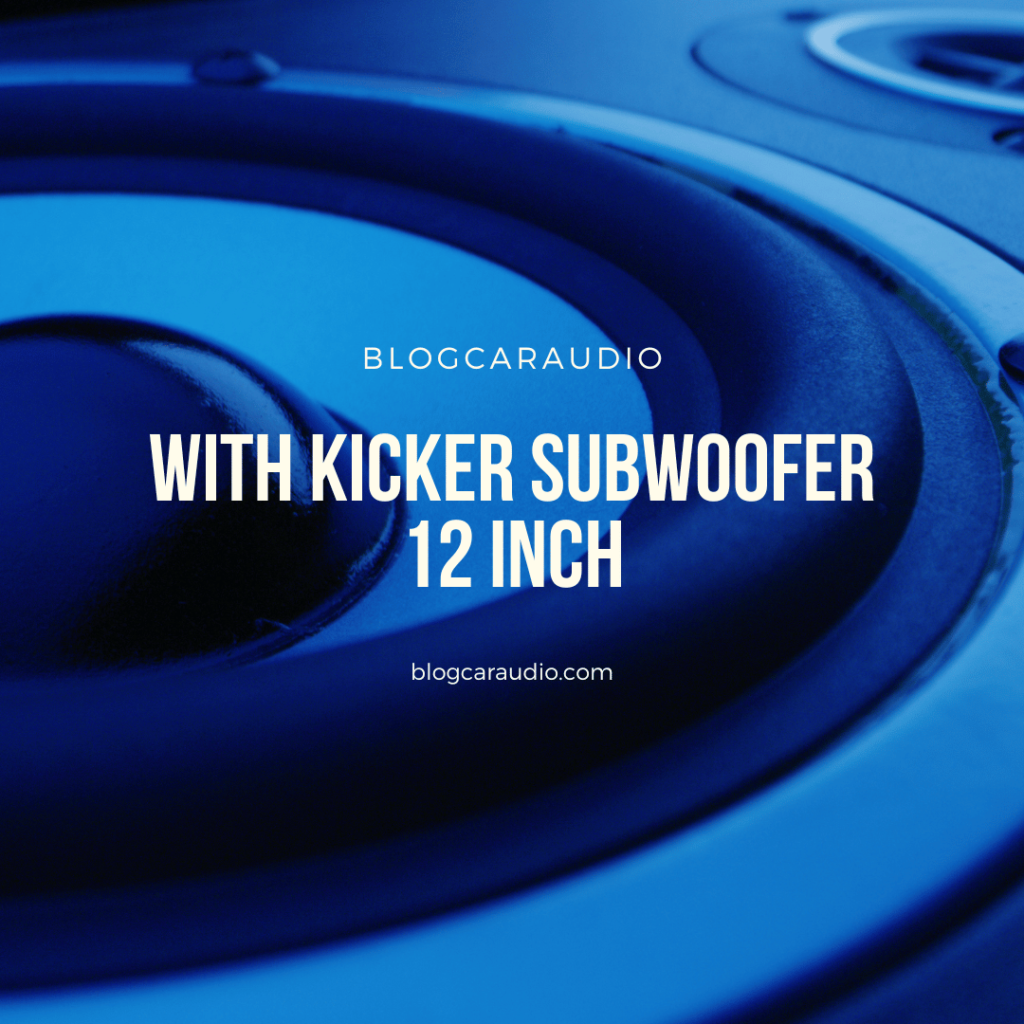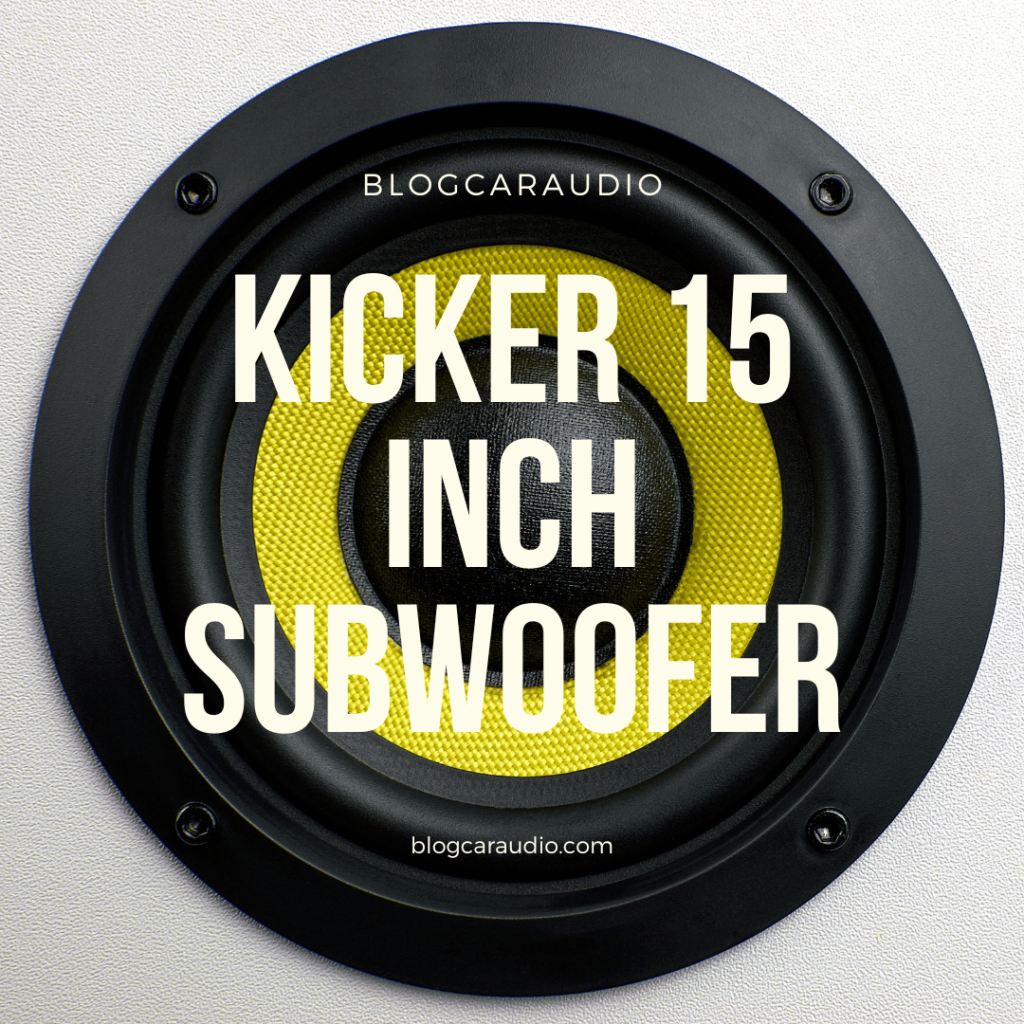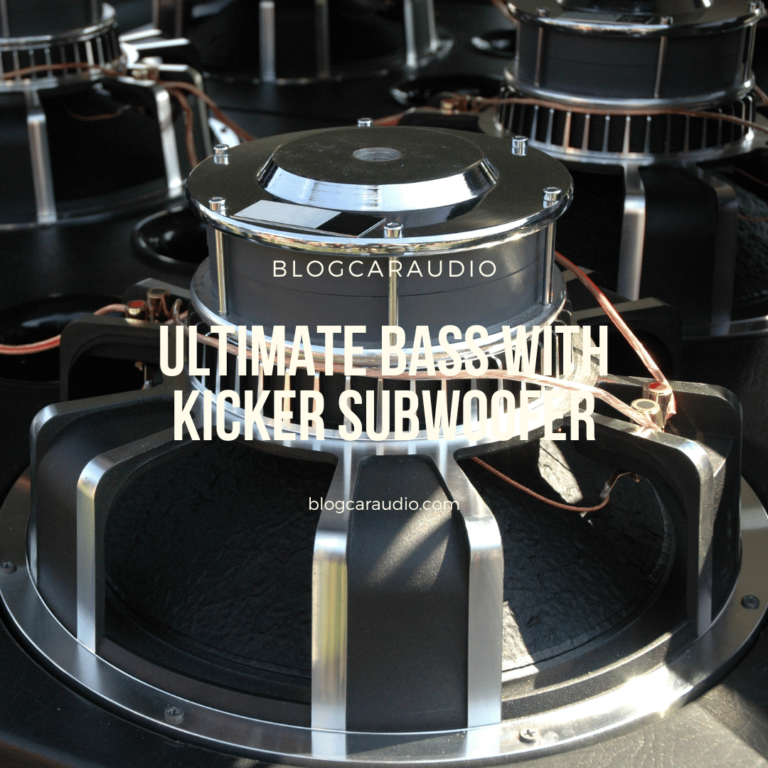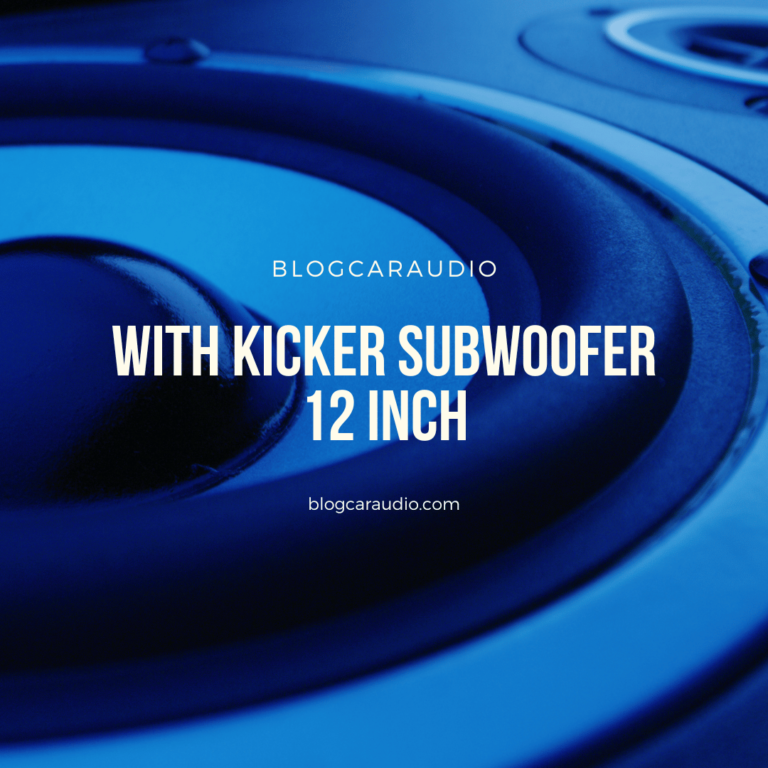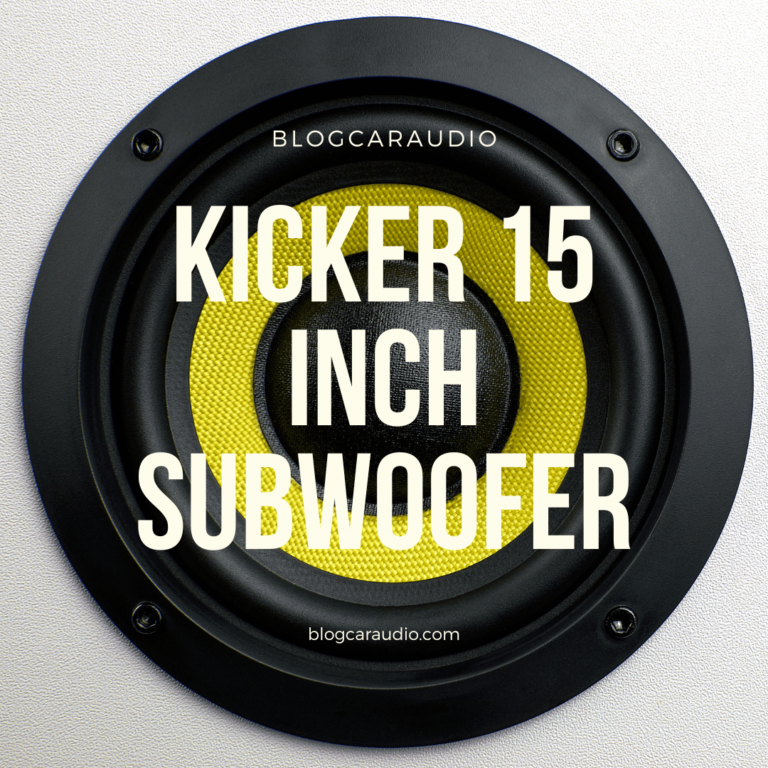subwoofers
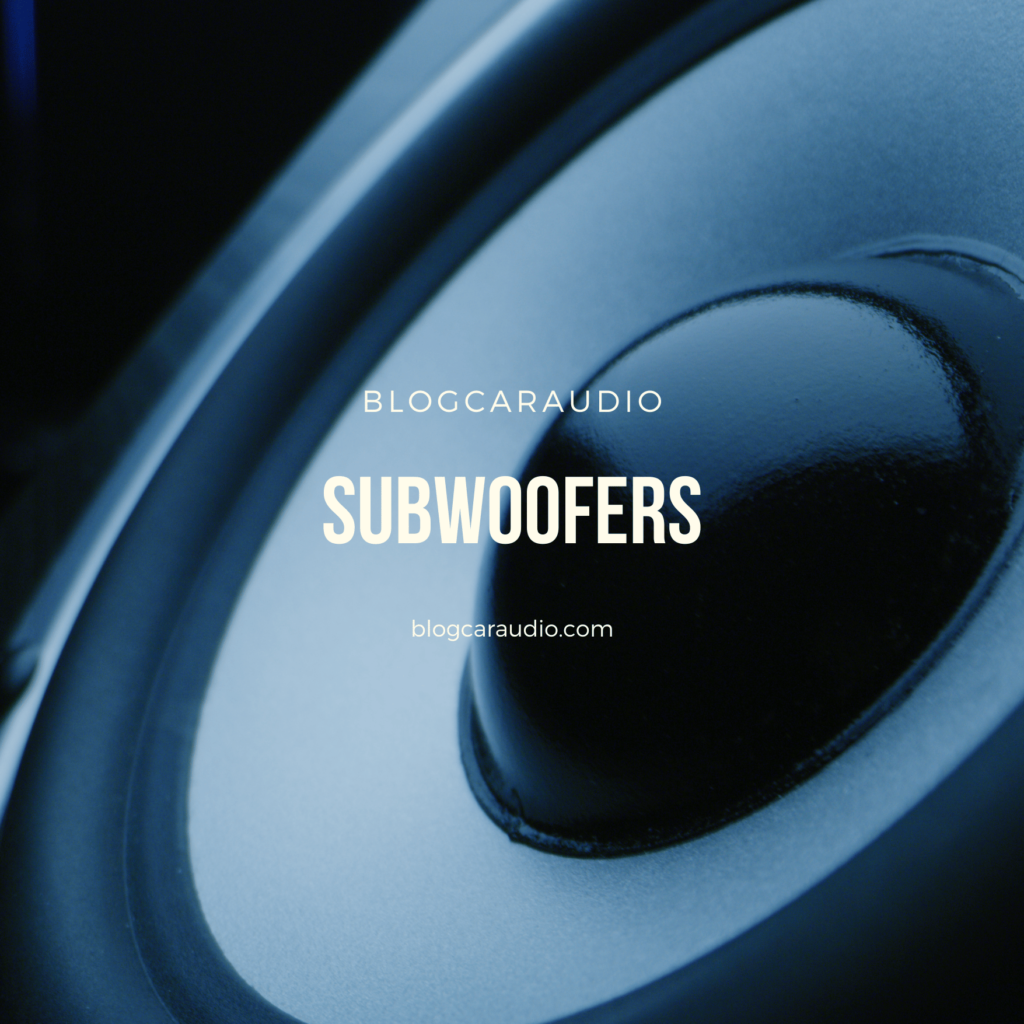
Ultimate Bass with Subwoofers
If you crave rich, full-bodied sound, the Kicker Subwoofer is your go-to choice. Its innovative design and superior technology ensure that every note is delivered with stunning accuracy. Perfect for home theaters or car audio systems, this subwoofer not only enhances your sound but also adds a touch of sophistication to your setup.
Choosing the Best Subwoofer for Your Car
Upgrading your car’s audio system with a subwoofer can significantly enhance your listening experience by providing deep, rich bass. Whether you’re an audiophile looking for high fidelity or simply want to enjoy your music with more power, selecting the right subwoofer is crucial. This guide will help you navigate through the options and find the best subwoofer for your car.
When embarking on a DIY car stereo project, the sense of accomplishment and the knowledge gained are invaluable (learning experience). It’s an opportunity to gain a deep understanding of your vehicle’s audio system, an aspect of car ownership often overlooked (vehicle). As a DIY enthusiast, you’re in control, and the ability to replace and upgrade individual components over time provides the flexibility to evolve your audio setup to match your evolving tastes and needs (upgradability).
Understanding Subwoofers
A subwoofer is a speaker designed to reproduce low-frequency sounds, typically ranging from 20 to 200 Hz. These frequencies are crucial for a full, immersive audio experience, as they provide the punch and rumble that make music feel alive.
Types of Subwoofers
- Component Subwoofers: These are individual subwoofer drivers that require separate enclosures and external amplifiers. They offer flexibility and customization but require more effort to set up.
- Enclosed Subwoofers: These come pre-mounted in a box. They are easier to install than component subs and are ideal for those who want a straightforward solution.
- Powered Subwoofers: These subwoofers have a built-in amplifier, simplifying installation. They are a good choice for those looking for a compact solution with less wiring.
- Vehicle-Specific Subwoofers: These are designed to fit specific makes and models of vehicles. They offer a seamless fit and often blend well with the car’s interior.
Key Factors to Consider
1. Power Handling
Power handling is a crucial factor in determining how much power a subwoofer can handle without being damaged. It is measured in RMS (Root Mean Square) and peak power. RMS is the continuous power a subwoofer can handle, while peak power is the maximum power it can handle in short bursts.
2. Sensitivity
Sensitivity measures how efficiently a subwoofer converts power into sound. Higher sensitivity subwoofers require less power to produce the same volume as lower sensitivity ones. This is particularly important if you have a lower-powered amplifier.
3. Frequency Range
The frequency range of a subwoofer indicates the range of bass tones it can reproduce. While most subwoofers handle the low end well, some extend into the mid-bass frequencies for a richer sound.
4. Impedance
Subwoofers come in different impedance ratings, typically 2 ohms, 4 ohms, and 8 ohms. The impedance affects how the subwoofer interacts with the amplifier. Matching the impedance of your subwoofer to your amplifier ensures optimal performance.
5. Enclosure Type
The type of enclosure (sealed, ported, or bandpass) greatly affects the sound output of the subwoofer:
- Sealed Enclosures: Provide tight, accurate bass. They are compact and ideal for all types of music.
- Ported Enclosures: Produce louder bass by allowing air to escape through a port. They are larger and better suited for music that benefits from deeper bass.
- Bandpass Enclosures: Offer the loudest bass within a narrow frequency range. They are typically larger and more complex.
Top Subwoofers for Cars
Here are some of the top subwoofers available on the market, renowned for their performance and quality:
Rockford Fosgate P3D4-12 Punch P3
- Type: Component Subwoofer
- Power Handling: 600W RMS, 1200W Peak
- Sensitivity: 85 dB
- Frequency Range: 28-250 Hz
- Impedance: Dual 4 ohms
JL Audio 12W7AE-3
- Type: Component Subwoofer
- Power Handling: 750W RMS
- Sensitivity: 86.2 dB
- Frequency Range: 18-200 Hz
- Impedance: 3 ohms
Kicker 44DCWC122
- Type: Enclosed Subwoofer
- Power Handling: 600W RMS, 1200W Peak
- Sensitivity: 98 dB
- Frequency Range: 25-500 Hz
- Impedance: 2 ohms
4. MTX Audio Terminator TNE212D
- Type: Enclosed Subwoofer
- Power Handling: 400W RMS, 800W Peak
- Sensitivity: 86.4 dB
- Frequency Range: 37-150 Hz
- Impedance: Dual 2 ohms
Installation Tips
- Choose the Right Location: The location of your subwoofer affects sound quality. Common locations include the trunk, under seats, and rear deck.
- Secure the Subwoofer: Ensure your subwoofer is securely mounted to prevent vibrations and potential damage.
- Proper Wiring: Use high-quality wiring and ensure all connections are secure. Proper grounding is essential to avoid noise and interference.
- Match the Amplifier: Ensure your amplifier provides adequate power to your subwoofer. Underpowering or overpowering can damage the subwoofer.
- Tune Your System: Adjust the settings on your amplifier and head unit to achieve the best sound quality. This may include adjusting the crossover, gain, and bass boost settings.
Conclusion
Choosing the best subwoofer for your car involves considering various factors such as power handling, sensitivity, frequency range, impedance, and enclosure type. With the right subwoofer, you can significantly enhance your car’s audio system and enjoy a richer, more immersive listening experience. Whether you opt for a component, enclosed, powered, or vehicle-specific subwoofer, ensure it matches your preferences and the specific requirements of your car’s audio setup.

